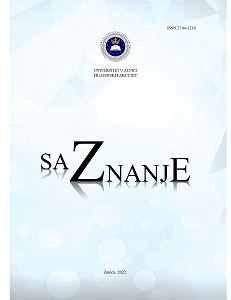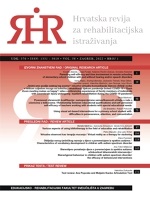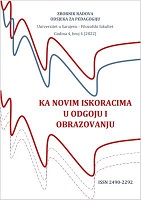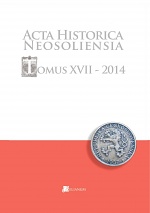
The business activities of the Slovak Republic (1939 – 1945) with the Independent State of Croatia
Obchodné aktivity Slovenskej republiky (1939 – 1945) s Nezávislým chorvátskym štátom
Keywords: 1939 – 1945; Slovak Republic; Independent State of Croatia; The business activities
Foreign trade represented highly important role in the Slovak economy in the years 1939 – 1945. Ironically, when compared with the present days, where we face problems with passive trade balance, Slovakia had to cope with danger of unlimited export abroad. Majority of Slovak products found their place within the empty European markets with no major difficulties. Since, for Slovakia, foreign trade represented very important factor, at the very beginning of the state was passed the act which continued the trade treaties of the former Czechoslovak Republic. By passing the Act No. 2/1939 the first Slovak Republic also accepted all trade treaties which had been signed by the Czechoslovak Republic and other states. Doing so, the new state clearly declared rules of the foreign trade policy at its very beginning. The Slovak Republic also continued in trade relationship with Balcan region. Before the German attack of Yugoslavia, the Slovak Republic signed trade treaty with Yugoslavia. Business meetings took place in July 1940 in Belgrade. After division of Yugoslavia commenced foreign trading with the independent Croatia. Once the trade treaty was signed in October 1941 a clearing payment was introduced. Goods exchange was slow and unreliable mainly from Croatian part. Payments between both states were realised through special accounts „A“ and „B“ at the Croatian State Bank in Zagreb and at the Slovak Mortgage and Communal Bank in Bratislava and corresponding accounts at the Slovak National Bank in Bratislava. Using the account „A“ were realised payments for goods, transport and other expenses connected with goods exchange. Using the account „B“ were realised payments to diplomatic representatives. This account was also used for transferring savings of the Croatian citizens in Slovakia and the Slovak citizens in Croatia. However, foreign trade between the countries was not very intense, and despite of certain broadening of goods exchange in 1942 trade relationships were kept in minor volume until as late as the WW II.
More...
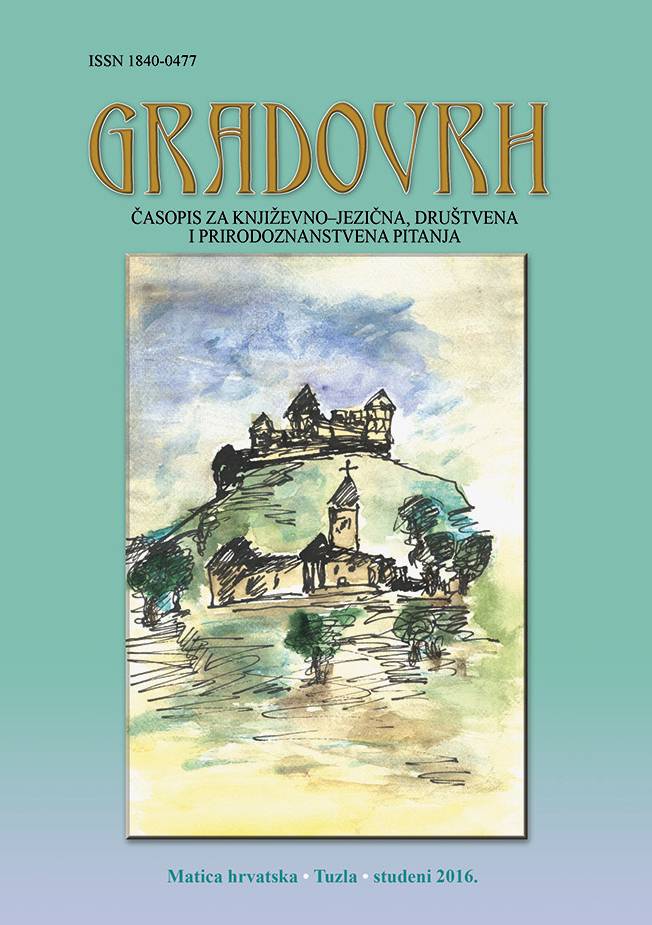
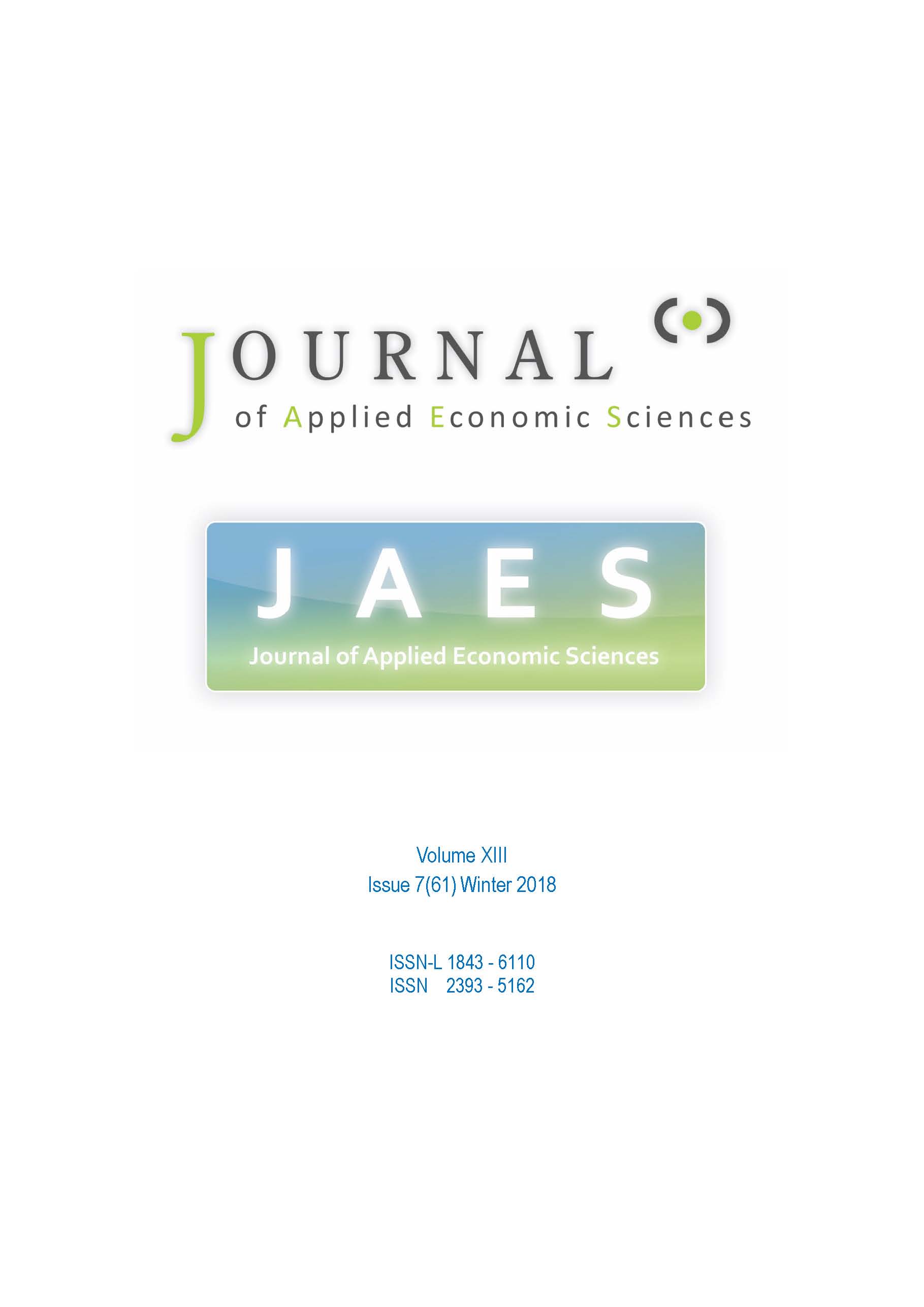
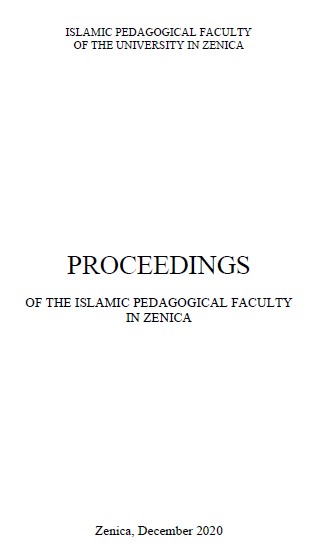
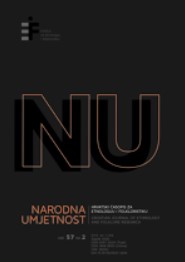
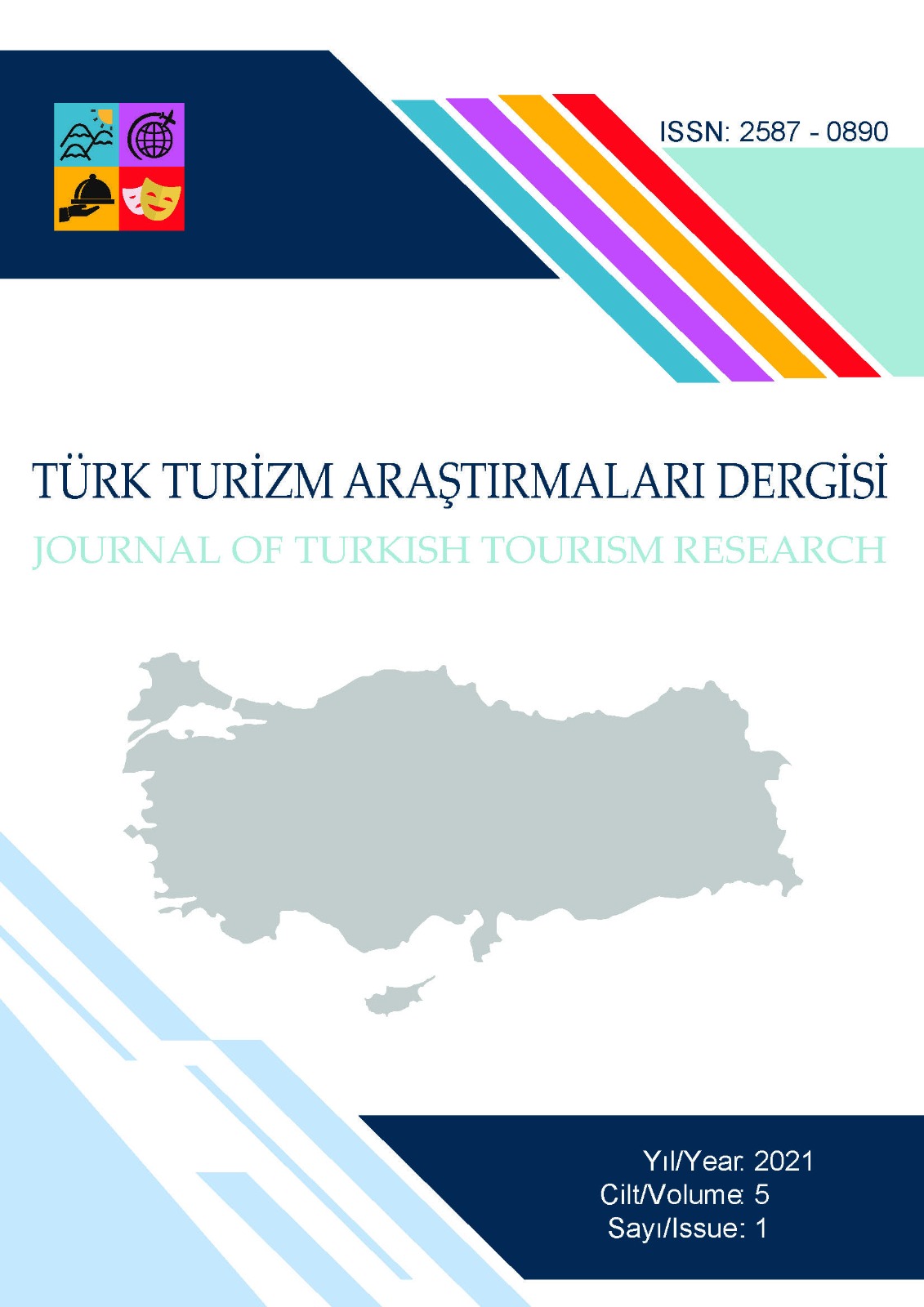
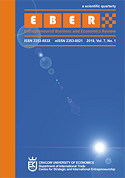
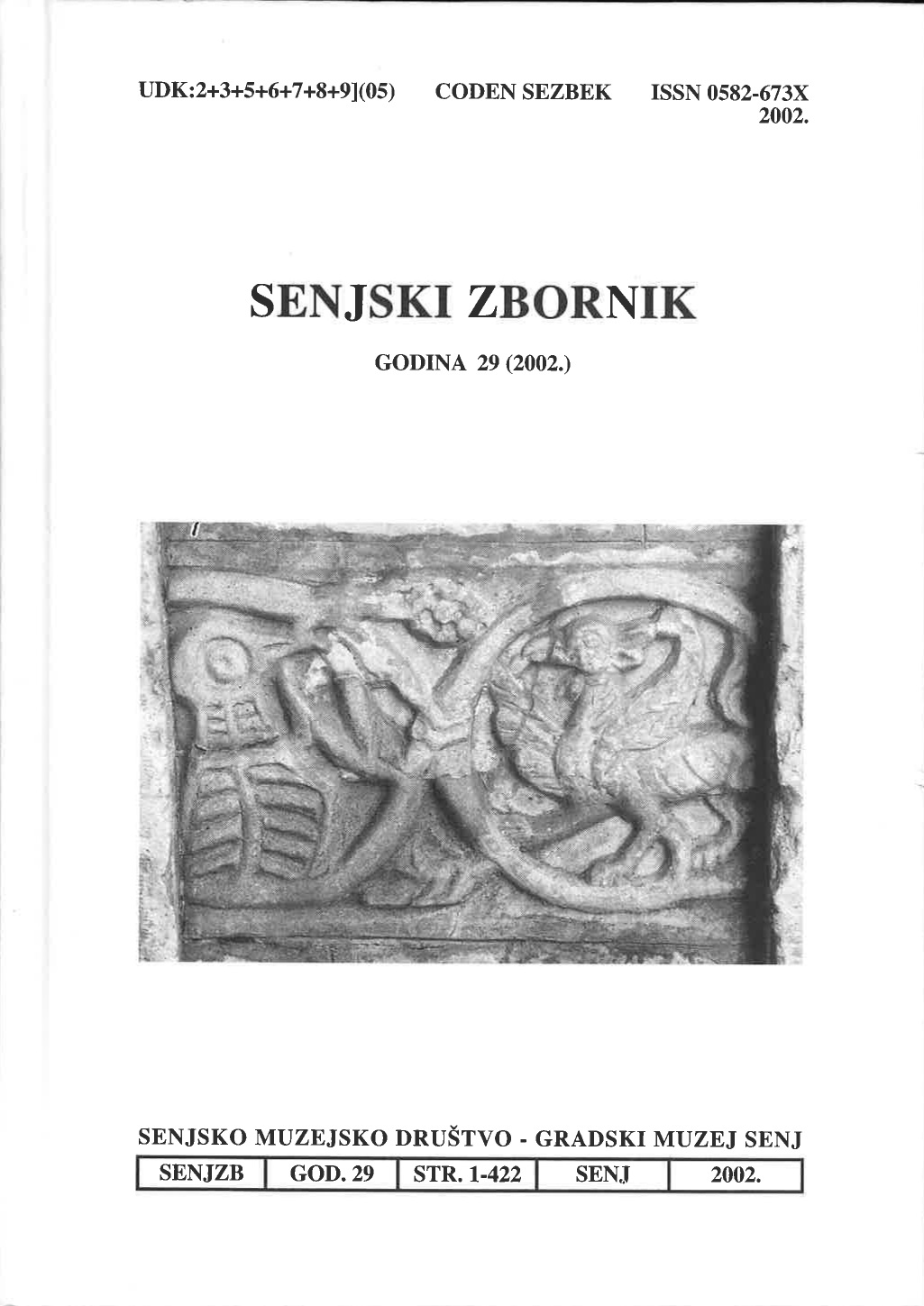
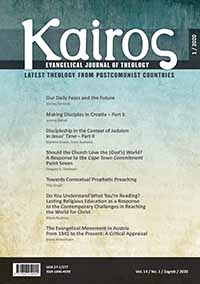
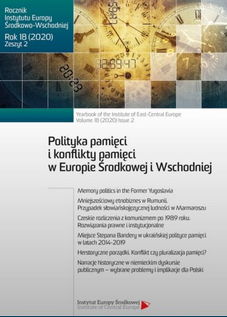
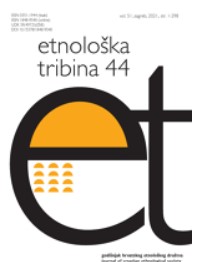
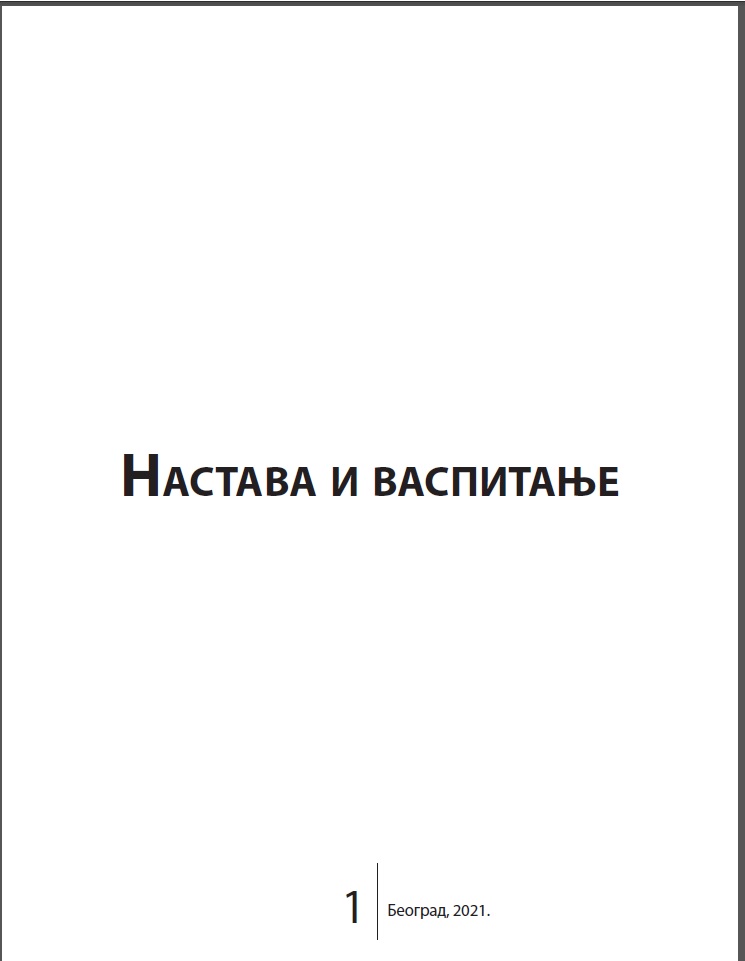
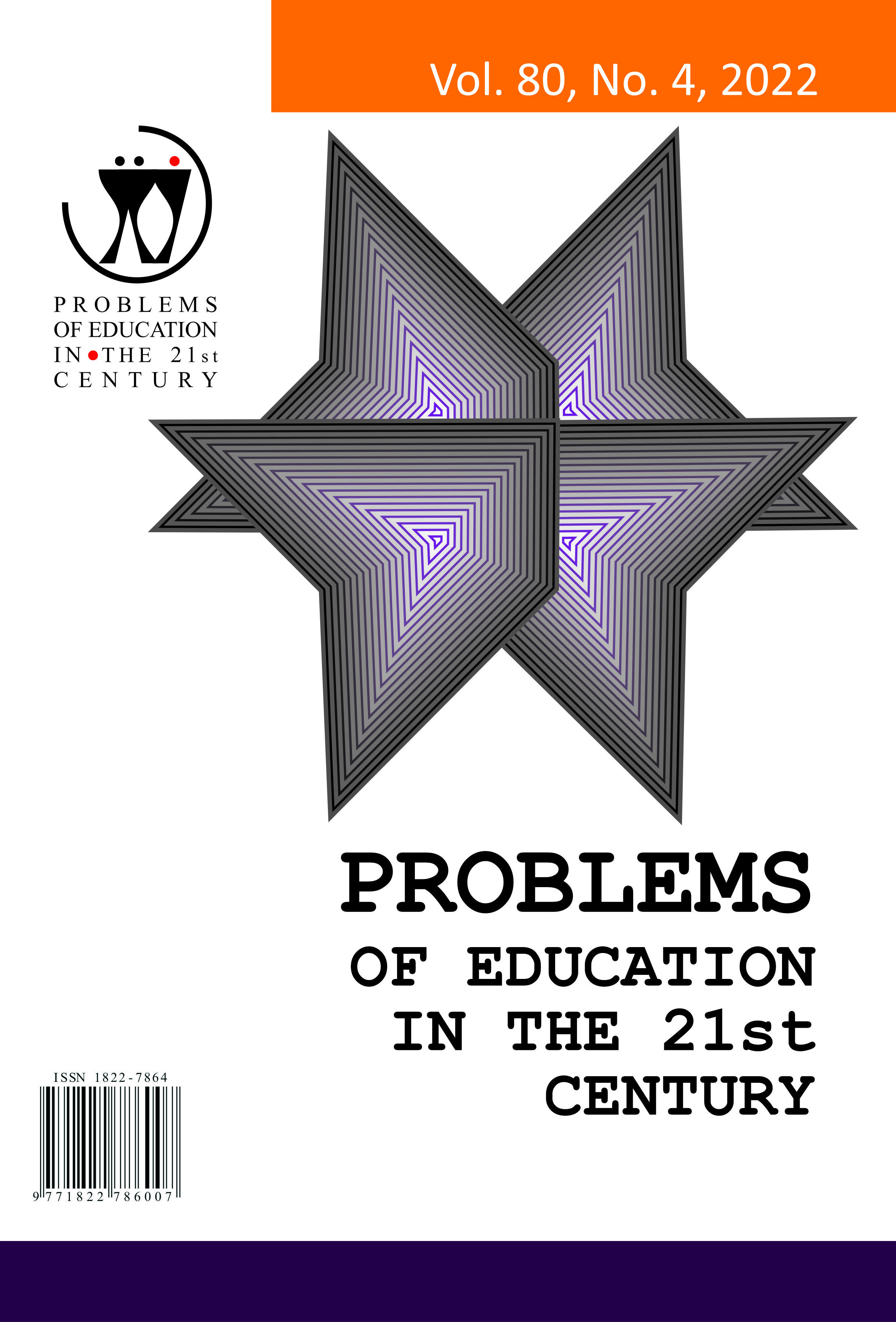
![The Language and Style of the Young Adult Novel Između [Between] by Magdalena Mrčela](/api/image/getissuecoverimage?id=picture_2022_69992.jpg)

